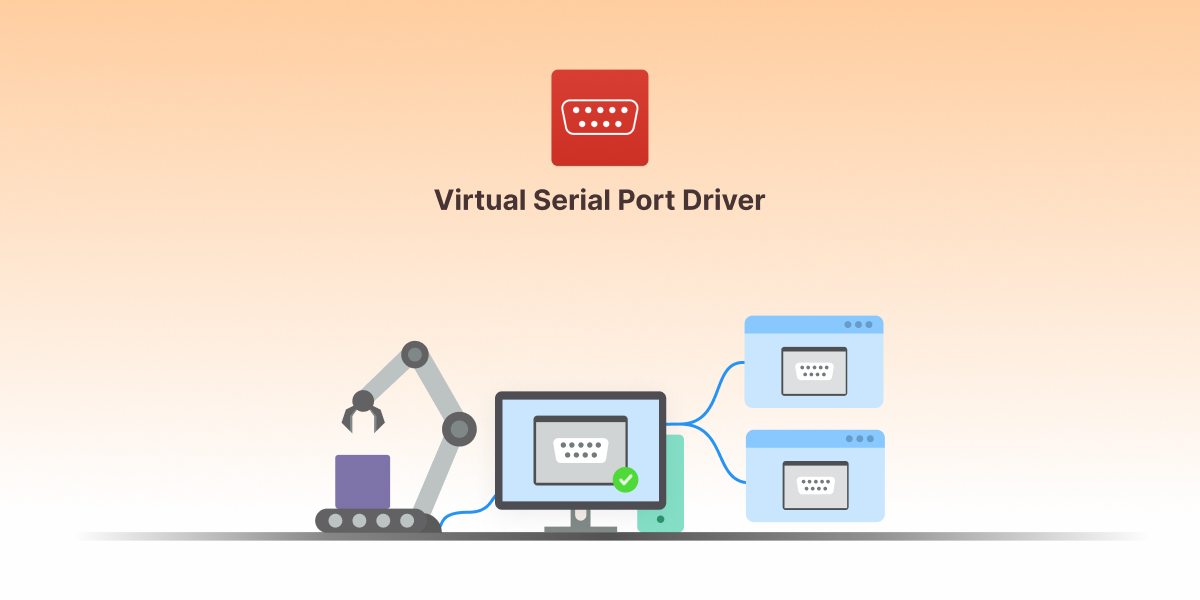How Virtual COM Ports Make Device Connection Easy

In factories, embedded systems, and with older software, serial communication is still very important. Many machines and sensors need COM ports to share their data. But most new computers are not made with these ports anymore. So, we have a puzzle: how do we connect our trusted old equipment to modern systems?
This is where a virtual COM Port provides the perfect solution. Think of it as a software copy of a real port. It tricks older programs into thinking they’re connected to physical hardware, letting them work with your devices seamlessly. You don’t need to buy new gear or change any computer code.
Fixing Everyday Issues
A GPS tracker often needs to send its data to more than one computer. With virtual COM ports, each computer can receive the same data from one main system. It keeps the setup clean, reduces cable mess, and saves both time and effort.
These virtual ports are also great when old software needs a specific, outdated port setting. The virtual port can pretend to be that old setup, letting the program run on a new computer. This is very helpful in control rooms and for developers.
Easy Setup and Daily Use
Getting a virtual COM Port running is fast and simple. Install the software, choose a name for your new port, and point it to your device or network. After that, it works on its own in the background. Your computer treats it like a real port, so you don’t need to adjust anything else. This makes it a very smooth solution for everyday use.
Tools for the Job
Software like AGG’s Virtual Null Modem is built for these tasks. It lets you create pairs of virtual COM ports and send serial data over a network. This works perfectly for linking devices in different rooms or allowing several applications to read the same data stream.
Helpful Hint: Always choose a clear, descriptive name when setting up a new virtual port. You can spot it easily later when you check your setup or handle several ports at once.
It’s very handy for testing too. Developers can act like a device is connected without having the real one, which saves time and money. Whether you’re making a new project or running factory machines, a virtual COM port gives a steady and reliable link
Keeping Your Connection Secure
When you send serial data over a network, it’s important to think about security. A good virtual COM Port tool will let you protect this data. You can often use password protection or even advanced encryption, which scrambles the information so only authorized computers can read it. This ensures that your important device data stays safe from unauthorized access, especially when using office or factory networks.
An Important Insight
A key thing to remember is that virtual COM ports turn a local physical connection into a flexible software resource. This means a device plugged into one computer can be accessed by programs on other machines on the same network, breaking the old limitation of needing a direct cable connection.
Why This is Useful
Virtual COM ports are not just a quick fix. They are a smart upgrade that removes hardware limits, helps old and new machines work together, and lets you reach your devices from anywhere. For people who use these tools every day, it means more freedom, smoother work, and better control.